Rent Flat Tokyo is a top priority for many international students, professionals, and families moving to Japan’s capital. Tokyo offers a vibrant lifestyle, blending traditional culture with advanced technology, world-class public transport, excellent education, and abundant job opportunities. Whether you’re relocating for work or study, understanding the local housing market is crucial. From compact studios to spacious multi-room apartments, the options are diverse and often competitive. In this guide, we’ll help you navigate every step to rent flat Tokyo style, including apartment types, average rental prices, ideal neighborhoods, and essential tips for signing your lease with confidence.
Key Considerations Before Renting a Flat in Tokyo
Before starting your apartment search in Tokyo, it’s essential to understand the key factors that can impact your rental experience. From budgeting for initial move-in costs to choosing the right neighborhood and apartment type, being informed will help you make smarter decisions and avoid common pitfalls. Below are the main things to consider before renting a flat in Tokyo, especially for foreigners unfamiliar with the local rental system.
Budget
Setting a realistic budget is the first and most important step when planning to rent a flat in Tokyo. Rental prices vary greatly depending on location, size, and type of property. Central districts like Shinjuku, Shibuya, and Meguro are known for their vibrant lifestyle and convenient access to transport, but they also come with some of the highest rental rates in Tokyo. In contrast, outer wards like Nerima, Itabashi, or parts of Setagaya offer more affordable rental options, often with larger spaces and a quieter living environment, ideal for families or remote workers.
Besides the monthly rent, you’ll need to account for initial move-in costs, which in Japan can be quite high. These typically include:
- Security deposit (Shikikin): Usually equivalent to one or two months’ rent, refundable at the end of your lease minus any damages or cleaning fees.
- Key money (Reikin): A non-refundable gift to the landlord, often one to two months’ rent.
- Agency fee: Paid to the real estate agent, typically one month’s rent plus tax.
- Fire/property insurance: Required in most contracts, covering accidents or natural disasters.
Additionally, there are monthly living expenses such as electricity, water, gas, and internet. These can range from ¥10,000–¥25,000 per month depending on usage and apartment type. If you’re on a tight budget or staying short-term, it’s worth considering share houses or UR housing, which can help reduce both initial and recurring costs.
By understanding the full financial picture, both up front and ongoing, you’ll be better prepared to find a flat in Tokyo that fits your lifestyle without stretching your wallet.
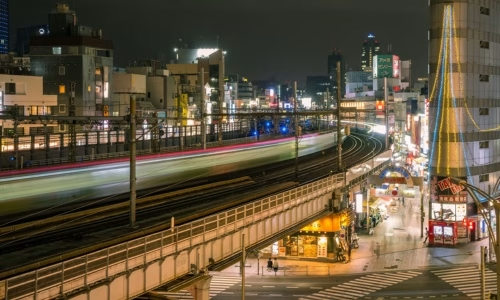
Types of Apartments
Tokyo offers a variety of housing options to suit different needs, from budget-friendly shared spaces to private, fully furnished units.
- Apartment / Mansion: These are private rental units with essential amenities. “Mansions” are usually modern concrete buildings with better soundproofing, while older apartments may be smaller and built with lighter materials. Both are ideal for individuals, couples, or small families.
- Share House: You’ll have a private bedroom and share common areas like the kitchen and bathroom with other tenants. Share houses are affordable and great for meeting new people. Many come furnished and include utilities in the rent.
- Guesthouse / Serviced Apartment: Best for short-term stays or newcomers. These units are fully furnished and often include cleaning services and utilities, though prices tend to be higher than standard apartments.
- UR Housing: Managed by Japan’s Urban Renaissance Agency, UR apartments don’t require key money or a guarantor. They offer reasonable rent, flexible terms, and are very foreigner-friendly.
Choosing the right apartment type depends on your budget, length of stay, and preferred lifestyle.
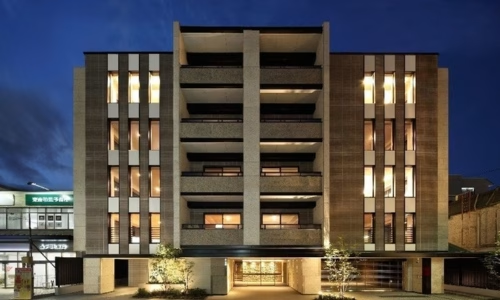
Location and Neighborhood
Where you live in Tokyo can greatly affect your lifestyle, commute time, and rent costs. Choosing the right neighborhood depends on your priorities, whether it’s convenience, budget, or a quiet environment.
- Central Areas like Shinjuku, Shibuya, and Minato are known for their vibrant city life, top-tier amenities, and easy access to transport. However, they also come with higher rental prices and smaller living spaces.
- Suburban Districts such as Setagaya, Suginami, and Nakano offer a more peaceful atmosphere with larger apartments at more affordable rates. These areas are popular with families, remote workers, and those looking for a better balance between city access and residential comfort.
Wherever you choose, being near a train station, workplace, or school can make daily life in Tokyo much more convenient.
Size and Layout
Apartment layouts in Tokyo are often labeled with codes like 1K, 1DK, or 1LDK, which indicate the number of rooms and the type of living space:
- 1K: One room plus a separate kitchen area
- 1DK: One room with a dining-kitchen space
- 1LDK: One bedroom layout with a multifunctional area for dining, cooking, and relaxing.
When choosing a layout, consider how many people will be living there and how much space you need for work, storage, or relaxation. Smaller units like 1K are ideal for solo residents, while 1LDK suits couples or remote workers who need more space.
Lease Duration
In Tokyo, lease terms vary based on your needs:
- Long-term leases are the most common, usually lasting 1 to 2 years. These are ideal for residents planning to stay for work, study, or family life. Most apartments require a renewal fee if you extend your stay beyond the initial term.
- Short-term rentals are available for tourists, business travelers, or newcomers who need a temporary place while settling in. These are often found in serviced apartments or guesthouses, and usually come furnished with flexible contracts.
Choosing the right lease duration depends on your length of stay and future plans in Japan.
Rental Process in Tokyo
Renting a flat in Tokyo can be straightforward if you understand the steps involved. From searching online to signing the lease and registering utilities, each stage requires preparation, especially for foreign residents. Here’s a detailed breakdown of the rental process in Tokyo:
Research and Search
Start by browsing through available apartment listings. Online real estate platforms are the most convenient way to begin:
- Japanese websites like Suumo, Homes, and At Home offer extensive listings across Tokyo. However, they are mostly in Japanese and often require some assistance from a native speaker or agent.
- English-language sites such as GaijinPot Apartments, Real Estate Japan, and Japan Home Search are more user-friendly for foreigners. These platforms list apartments with flexible terms and are managed by agencies familiar with expat needs.
Additionally, you can join Facebook groups, Reddit communities, or expat forums, particularly ones focused on Tokyo or Vietnamese residents in Japan. Many tenants also share their experiences, recommendations, or available sublets in these groups, which can be a great starting point for first-timers.
Real Estate Agents
While it’s possible to rent directly, most renters, especially foreigners, prefer working with a licensed real estate agent. These agents:
- Help narrow down listings that meet your needs
- Arrange apartment viewings and guide you through visits
- Explain rental conditions and paperwork
- Handle communication with landlords, especially if you don’t speak Japanese
Required Documents
Make sure to find an English-speaking agent (or Vietnamese-speaking if available) who has experience assisting foreign renters. Agencies located in international districts like Shinjuku, Shibuya, or Roppongi are more likely to offer multilingual services.
To apply for an apartment, you’ll need to submit several documents:
- A valid passport and residence card (Zairyu Card) showing your visa status
- Proof of income, such as a job offer letter, employment contract, or recent bank statements
- A guarantor (Hoshonin) is usually required. This can be a Japanese friend, employer, family member, or you can use a guarantor company (for an added fee) if you don’t have someone in Japan
- Emergency contact information, ideally someone who lives in Japan and can be reached in case of an urgent situation
Be prepared to submit these documents quickly once you find a property you like, Tokyo’s rental market moves fast.
Viewing Apartments
After narrowing your list, schedule in-person viewings. Doing this in advance helps prevent issues down the line.
- Inspect the condition of the apartment carefully: walls, flooring, windows, storage space, and plumbing
- Check natural lighting, noise from nearby roads or train lines, and the overall cleanliness of the building
- Test water pressure, lights, air conditioning, and any appliances if provided
- Ask about neighborhood safety, waste disposal rules, internet availability, and parking (if needed)
Take notes or photos to compare multiple options later. It’s also a good time to ask the agent or landlord about maintenance procedures, move-in timelines, or contract renewal terms.
Signing the Contract and Initial Payments
Once you decide on a property, you’ll sign the lease contract (in Japanese) and pay several upfront costs:
- Shikikin (Security Deposit): Generally set at 1–2 months’ rent. You’ll get it back after moving out, minus any charges for necessary repairs or cleaning.
- Key Money (Reikin): Also 1–2 months’ rent. This is a non-refundable “thank-you” gift to the landlord, common in Japan.
- Agency/Brokerage Fee: One month’s rent + 10% consumption tax, paid to the real estate agency.
- First Month’s Rent: Typically paid upfront before you move in.
- Home Insurance: Often required by the landlord, this covers fire and accidental damages (typically ¥10,000–¥20,000 per year).
- Key Exchange Fee: Charged to replace or change locks for new tenants.
Review the lease contract carefully, and don’t hesitate to ask the agent for a translated summary or clarification on complex terms. Many agencies will assist you in English or provide bilingual contracts.
Moving In and Registering Utilities
After contract signing and payment, you’ll receive the keys to your new home and can begin moving in.
- Reach out to service companies to set up your electricity, water, gas, and internet. Some agents can assist with registration or offer service bundles.
- Carefully inspect the condition of the apartment on move-in day. Take photos of any damages or wear-and-tear and notify the agent or landlord immediately to avoid being charged when moving out.
- You may also need to register your new address at your local ward office within 14 days of moving, which is required by Japanese law.
Useful Tips and Important Not
Renting a flat in Tokyo isn’t just about finding a place, it’s also about adapting to Japan’s unique living culture. Here are some practical tips and key points that will help you settle in smoothly:
Language Barrier
Japanese rental procedures often involve complex documents in Japanese. If you’re not fluent in Japanese, consider the following:
- Use translation apps like Google Translate or DeepL to read signs and documents.
- Ask a bilingual friend or real estate agent for help, especially when reviewing your lease or setting up utilities.
- Look for agencies that offer multilingual support, particularly English, Vietnamese, or Chinese.
Housing Etiquette in Japan
Living in Japan comes with a strong emphasis on community harmony and mutual respect. Some basic etiquette includes:
- Keep noise to a minimum, especially at night or early morning.
- Avoid loud music, running appliances late at night, or moving furniture after dark.
- Maintain cleanliness in shared areas like hallways or entryways.
- Follow building rules, including quiet hours and pet regulations if applicable.
Respecting these social norms will help you avoid conflicts with neighbors or landlords.
Garbage Disposal
Japan has a strict and detailed garbage sorting system. You’ll need to:
- Separate your waste into burnable, non-burnable, plastics, cans, bottles, and sometimes more specific categories.
- Follow your local ward’s collection schedule carefully, each area has its own rules.
- Place garbage in designated bags and drop-off areas on the correct days and times.
Not following these rules can lead to fines or complaints from neighbors.
Insurance Is Essential
While not always legally required, home insurance is strongly recommended, and often included in the rental agreement. This usually covers:
- Fire and water damage
- Accidents or liability claims
- Emergency repairs
Having insurance protects both you and your landlord and can save you from paying large out-of-pocket costs.
Check Pet Policies
Not all apartments in Tokyo allow pets. If you plan to bring a dog or cat, be sure to:
- Ask the agent or landlord before signing the lease
- Look for listings marked as pet-friendly (ペット可)
- Confirm whether there are restrictions on pet size, type, or number
- Expect to pay additional cleaning fees or a higher deposit
Common Questions About Renting in Tokyo
Do I need a guarantor to rent in Tokyo?
Yes, most landlords in Japan require a guarantor (保証人) to protect against missed rent payments. If you don’t have a Japanese guarantor (like a friend, employer, or family member), you can use a guarantor company for a fee, this is a common solution for foreign tenants.
What is the usual monthly rent for a 1K or studio unit?
The average monthly rent for a 1K or 1DK apartment in Tokyo ranges from ¥60,000 to ¥120,000, depending on the neighborhood. Central areas like Shibuya and Minato are more expensive, while suburbs such as Nerima or Itabashi offer more budget-friendly options.
Do I need to speak Japanese to find a rental in Tokyo?
Yes, but expect a few challenges along the way. Many agencies and landlords operate in Japanese only. To make things easier, look for English-speaking agents or use rental websites like GaijinPot or Real Estate Japan that cater to foreigners.
What’s the difference between deposit and key money?
- Deposit (Shikikin): A refundable amount (usually 1–2 months’ rent) used to cover any damage or unpaid rent.
- Key Money (Reikin): A non-refundable payment (1–2 months’ rent) made as a “gift” to the landlord. Not all apartments require it, but it’s still common in Tokyo.
Where can I find short-term rental flats in Tokyo?
Short-term rentals are available through serviced apartments, guesthouses, or platforms like Monthly Mansion, Sakura House, or Airbnb (for legal properties). These are great options if you’re staying in Tokyo for only a few weeks or months.
What are the pet rules in rental properties?
Not all apartments allow pets. If you own a dog or cat, make sure to:
- Search for listings labeled “pet-friendly” (ペット可)
- Confirm restrictions on pet type or size
- Expect to pay a higher deposit or cleaning fee
Conclusion
Renting a flat in Tokyo can be challenging, but with proper planning and understanding of the process, it becomes much easier. From budgeting and choosing the right area to signing the lease, every step matters.
We hope this guide has helped you feel more confident in your housing search and better prepared to find a flat that suits your needs in Tokyo.
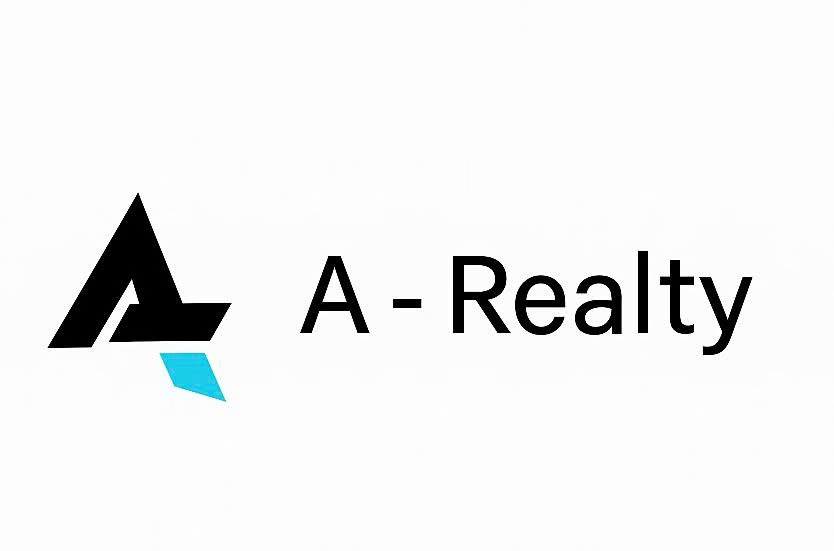
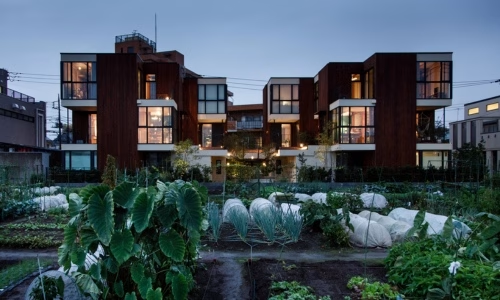

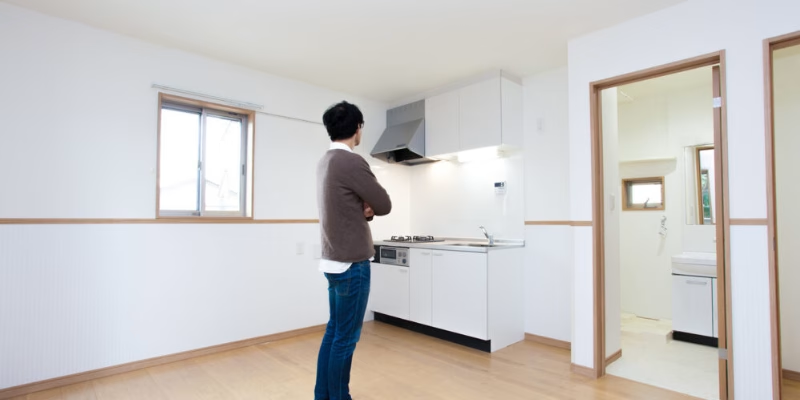
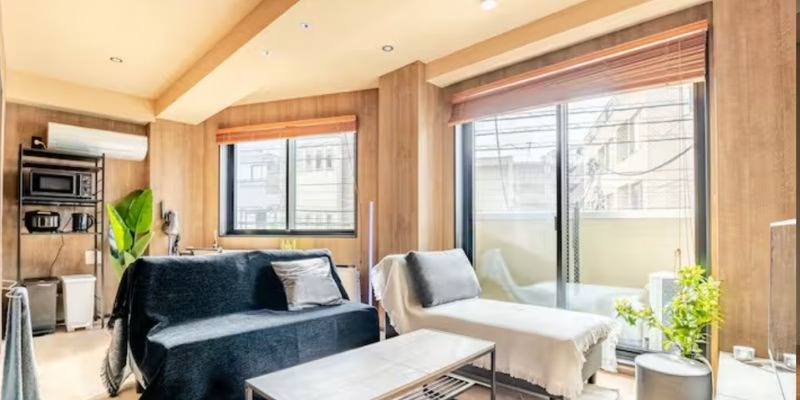

Leave a Reply